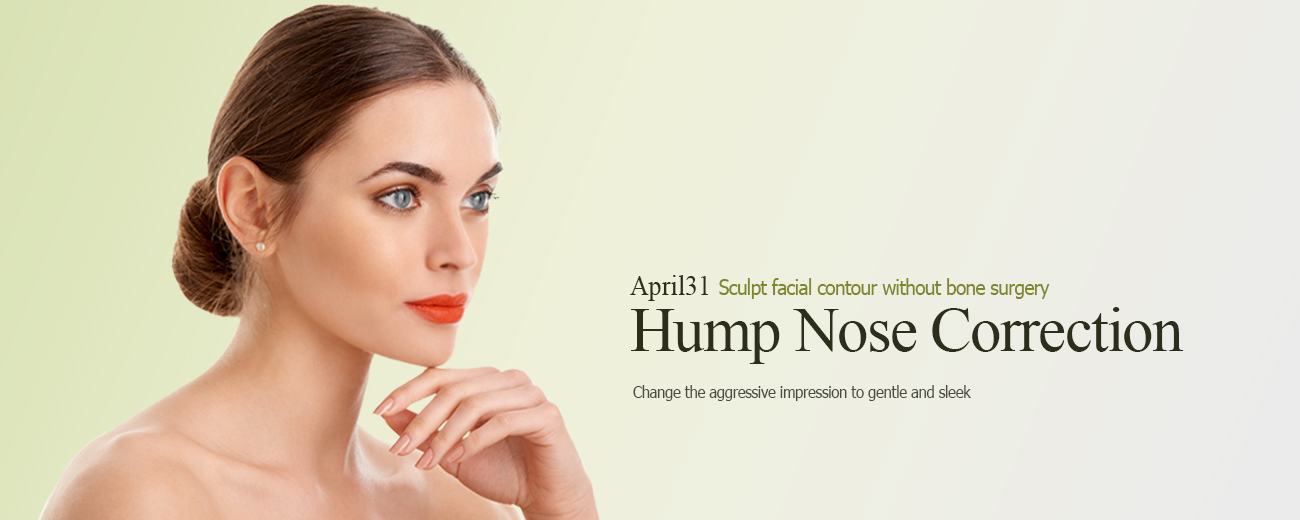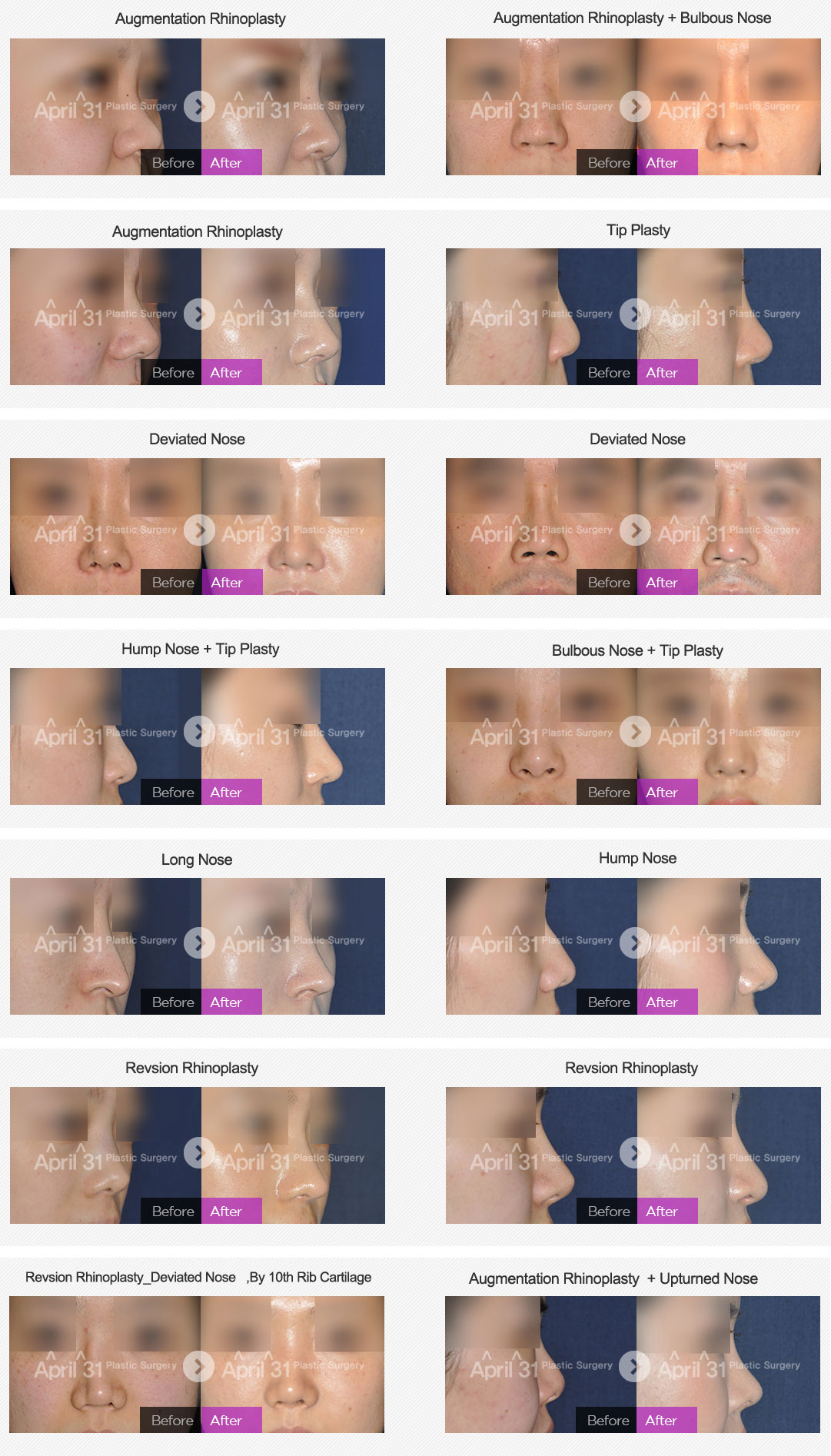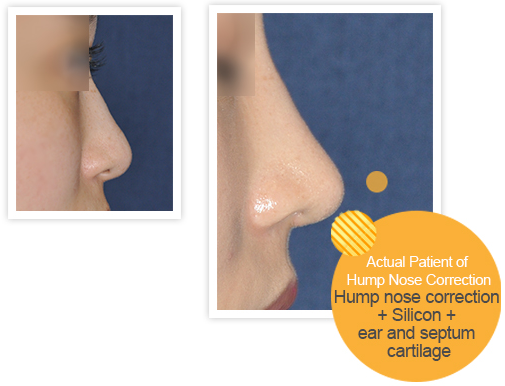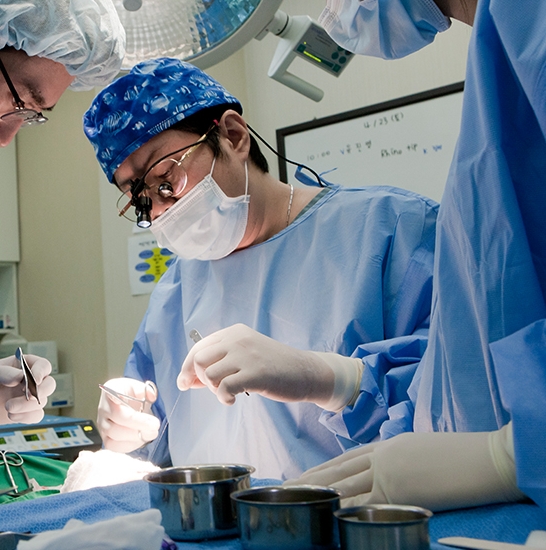
◆ Surgical information
Specialized surgeon: Dr. Jae Hoon Kim, Chief Director
Anesthesia :IV Sedation + Local Anesthesia
Post operative treatment visits : 3-4 times
Stitch removal :5-7 days after
Recovery Care : Bruising and swelling care
◆ What is Hump Nose?
|
Hump nose refers to a nose with a bump on the bridge. It can be corrected by rasping off the protruding nasal bone and cartilage Hump nose can make the nasal root look relatively lower and the tip droopy which can create an arrow-like shape. This may create stubborn look with older look image. |
|
◆ Cause of Hump Nose
★★★★★ | |||
| Nasal Osteotomy was considered as a very complicated surgery previously so often performed under general anesthesia. However, thanks to the improvements of surgical methods and equipment, it can now be performed in much simpler ways with less postoperative swelling and pain.
▶ Congenital Protrusion of bone, cartilage, or both ▶ Acquired Damaged bone and cartilage due to accidents and physical impact. Damaged nasal support structure due to false rhinoplasty. | ||
◆ Surgical Methods of Hump Nose
Precise and Safe way to achieve natural nose curve |
|
|
01. Low nasal root Simple removal of the hump. Root and tip Augmentation by autologous cartilage. Implant may be used to augment the bridge if necessary. |
|
02. Relatively not so low nasal root with severe hump Remove both bone and cartilage on the hump area. The surface of the bone after the removal can be rasped to created smoother bridge. |
| 03. Severe Hump Nose with big and wide overall nasal bone Careful approach is needed since the width of the bridge may look wide from the frontal view when only the hump is removed. Osteotomy for the nasal bone should be performed together with the hump removal. |
|
04. Whereas the nasal root is high yet the tip is droopy Project the tip after removing the hump. Adjust the high nasal root to the bridge and create suitable angle of the nasal tip to avoid the overall nose looking big. Implant for the bridge is not recommended unless it's necessary. |
◆ Before and after

◆ Treatment Plan

01. Examine the nose condition, bone structure and soft tissue through 3D CT scanning | 02. Consult with Rhinoplasty Specialist Dr. Jae Hoon Kim | 03. Devise a surgery plan suitable for each patient | 04. Perform surgery and monitor recovery |







